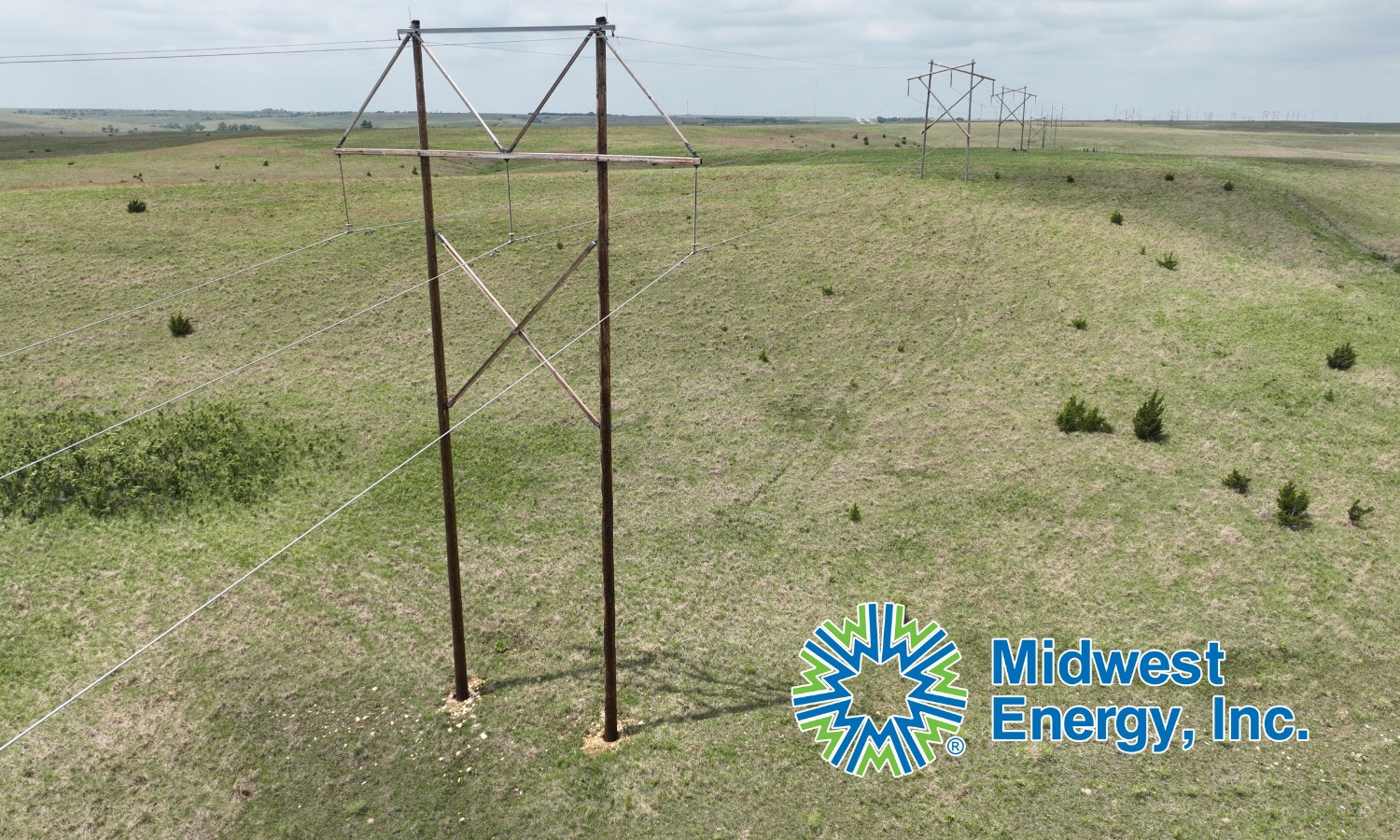Midwest Energy Kicks Off $145 Million in Transmission, Substation Projects
Midwest Energy met with U.S. Department of Energy (DoE) personnel Thursday, Nov. 7 to formally kickoff $145 million in transmission system and substation protection upgrade projects, to be partially funded by a $97 million DoE Grid Resilience and Innovation Partnerships (GRIP) grant.
“We were selected for the grant in October 2023, and have spent the last year ref ining details of the projects with the Department of Energy,” said Nathan McNeil, Vice President of Engineering at Midwest Energy. “We’ve done a lot of preparation work to get us to this point, but this kickoff gives us the green light to push ahead with our plans.”
ining details of the projects with the Department of Energy,” said Nathan McNeil, Vice President of Engineering at Midwest Energy. “We’ve done a lot of preparation work to get us to this point, but this kickoff gives us the green light to push ahead with our plans.”
Under the terms of the grant, Midwest Energy will replace 150 miles of 115 kilovolt transmission lines across seven western Kansas counties (Rush, Ness, Ellis, Graham, Sheridan, Thomas and Rawlins), where the existing lines have been in service for more than 50 years. Replacing these lines with new poles and conductor will improve the reliability and resiliency of Midwest Energy’s transmission system, while mitigating wildfire risk and increasing capacity to allow them to carry more power, which reduces congestion and supports further expansion of renewable energy resources.
The grant also covers upgrading protection equipment in substations in Hodgeman, Stafford, Ness and Ellis Counties, replacing oil-insulated circuit breakers with gas-insulated circuit breakers and electromechanical relays with digital relays that are capable of faster fault clearing times and bring improved reliability.
Midwest Energy has five years to complete all of the projects included in the grant. Work on substation upgrades will begin immediately; engineering work and coordination with landowners on the transmission line replacements will be ongoing for much of the next year, with construction on the first segment of transmission line expected to start in fall of 2025.
The grant to Midwest is part of $10.5 billion being made available through DoE under the Bipartisan Infrastructure Law, to improve the resilience of the power system against growing threats of extreme weather and climate change, and to ensure American communities have access to affordable, reliable and clean electricity.